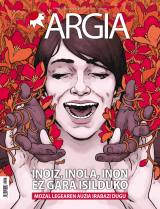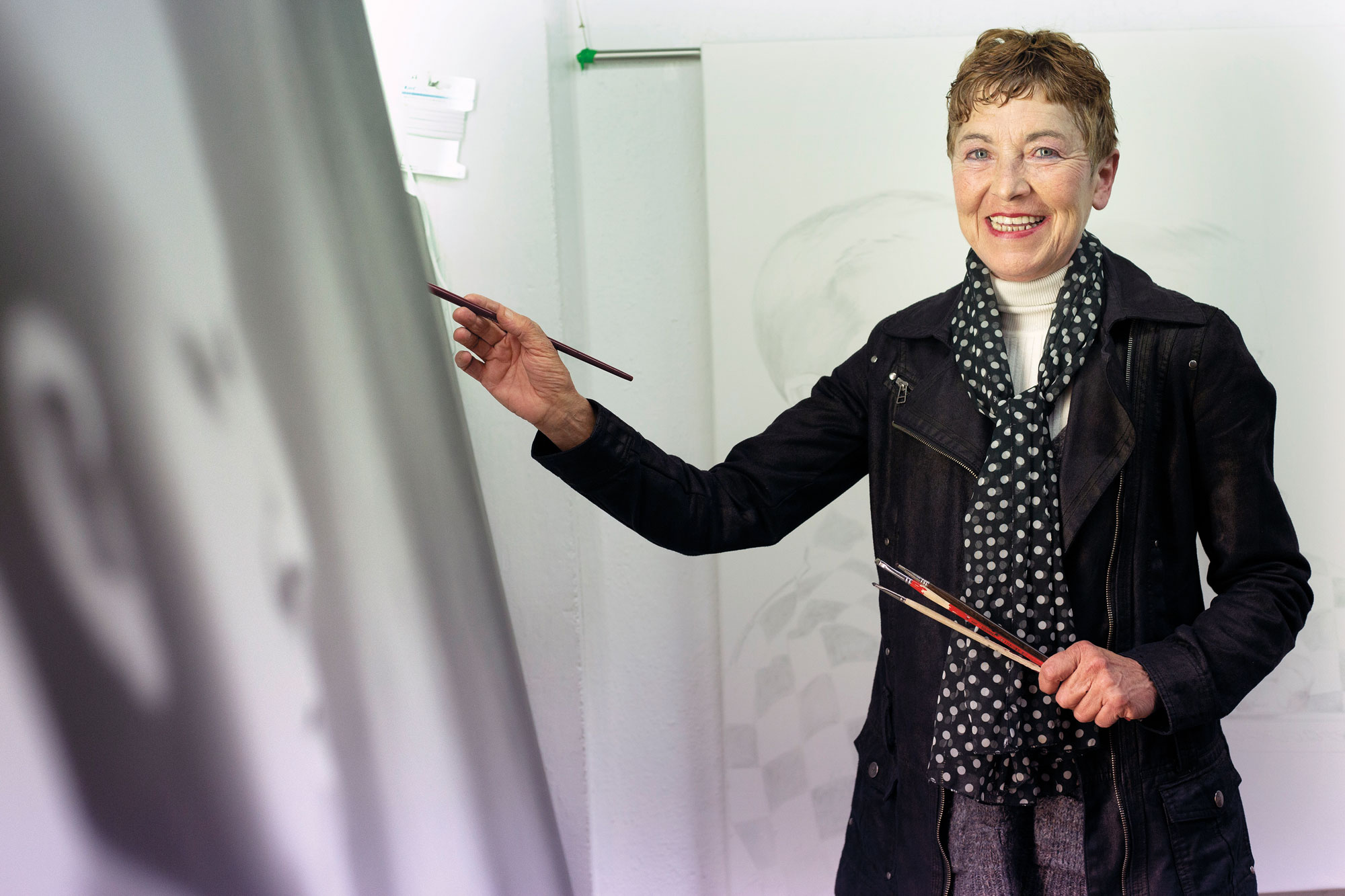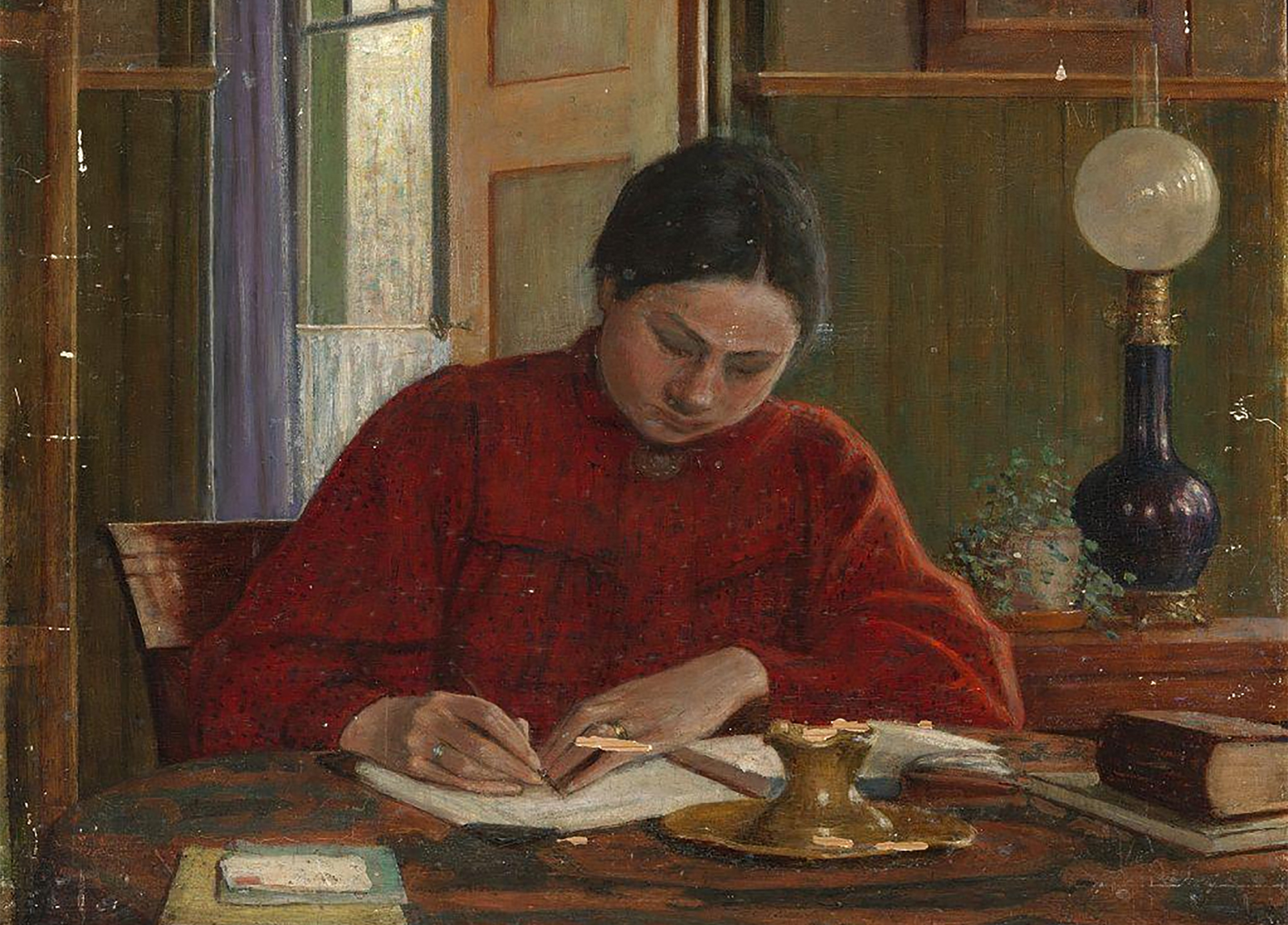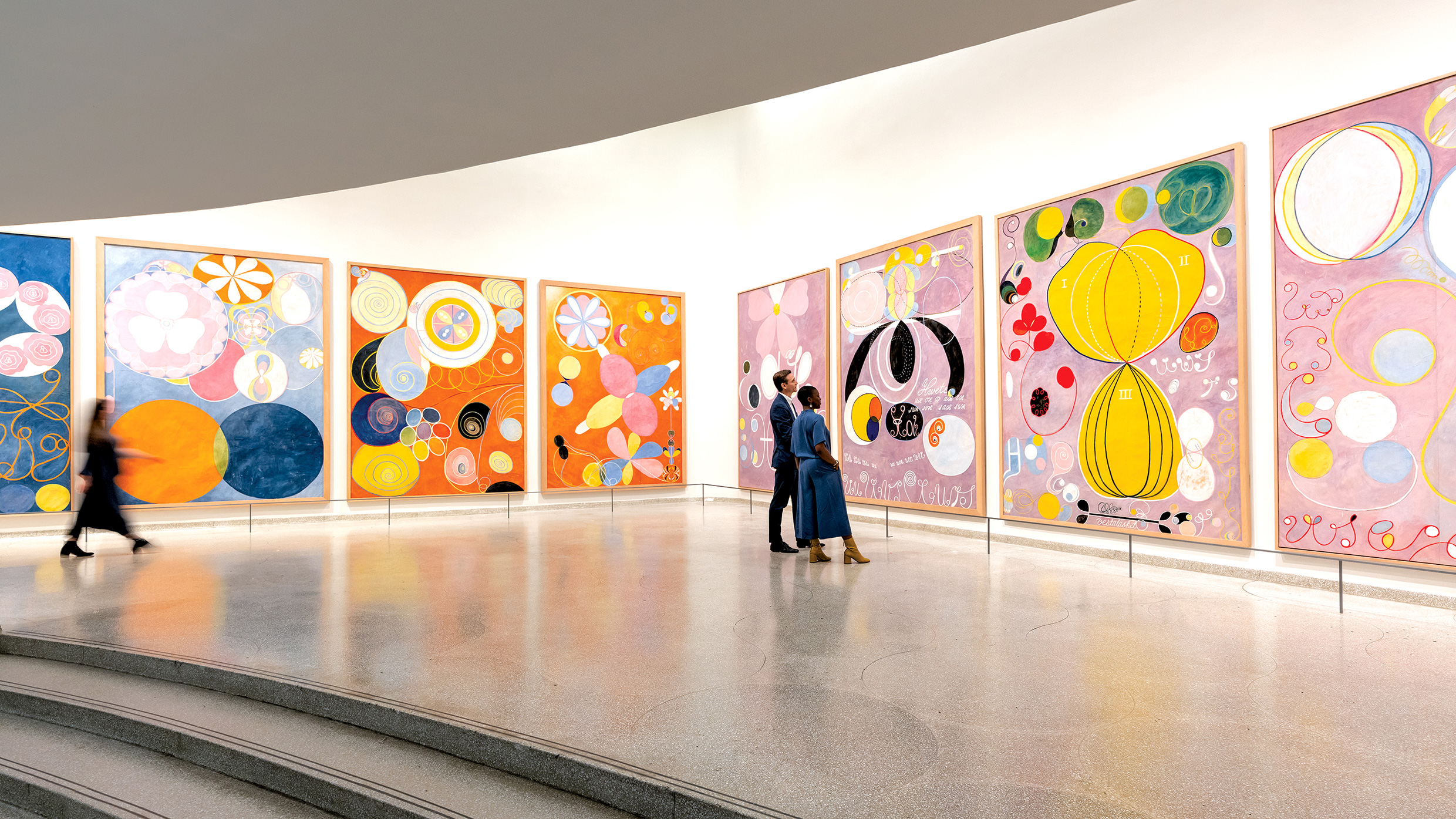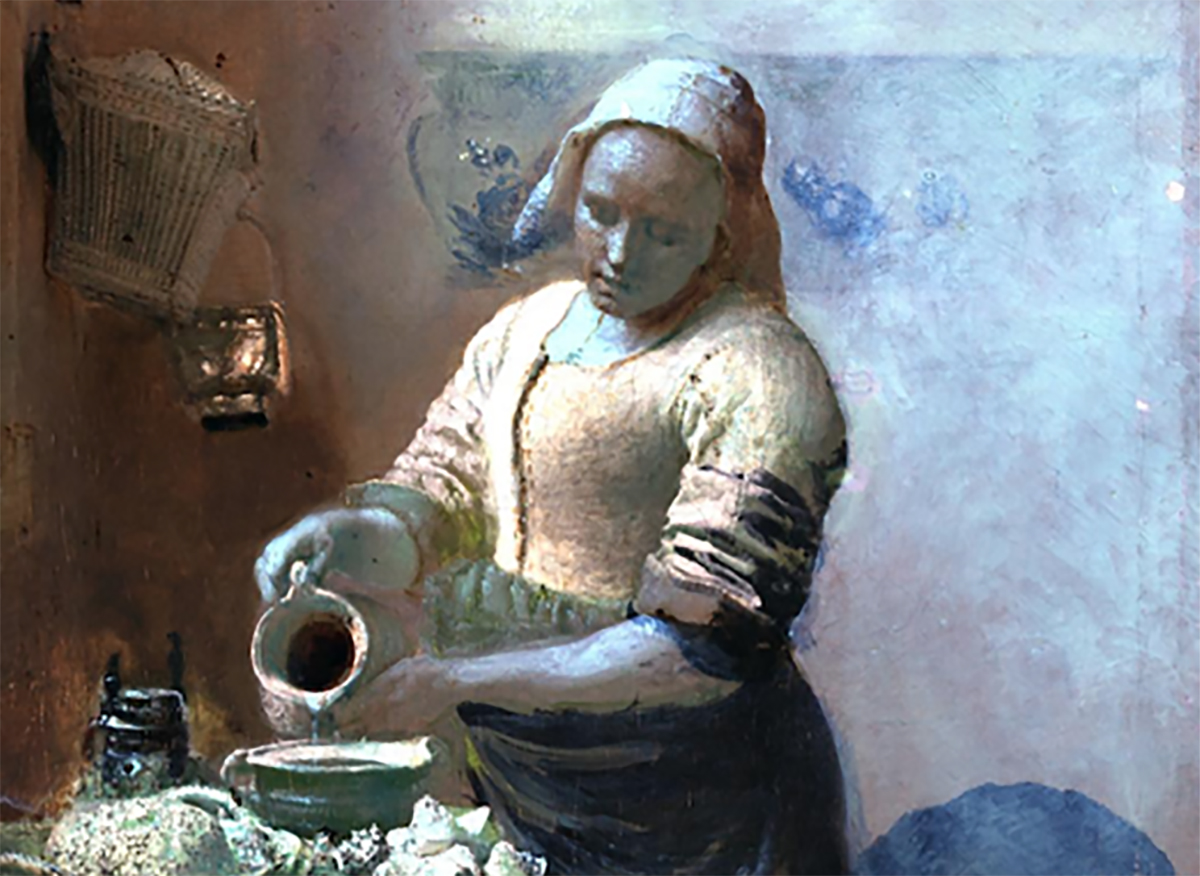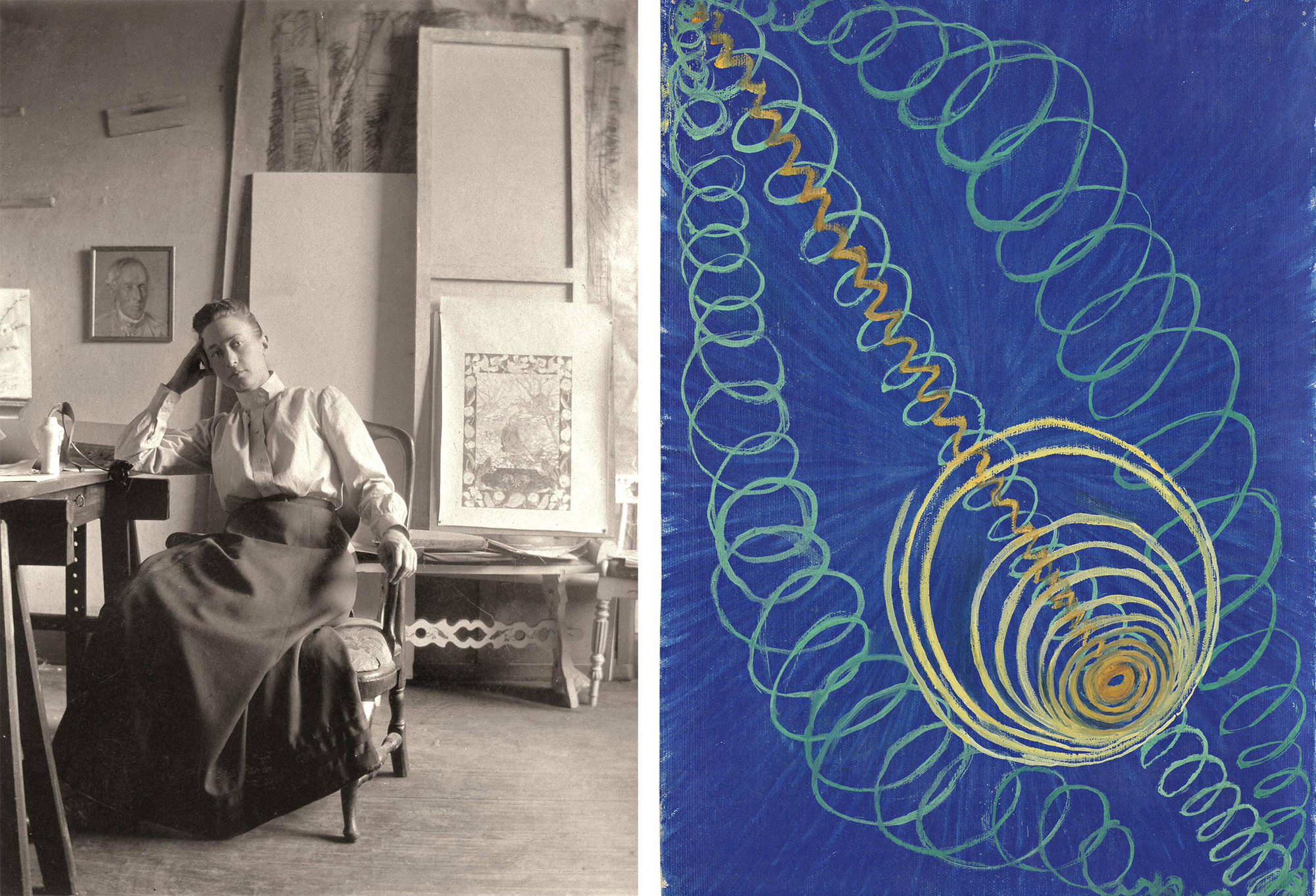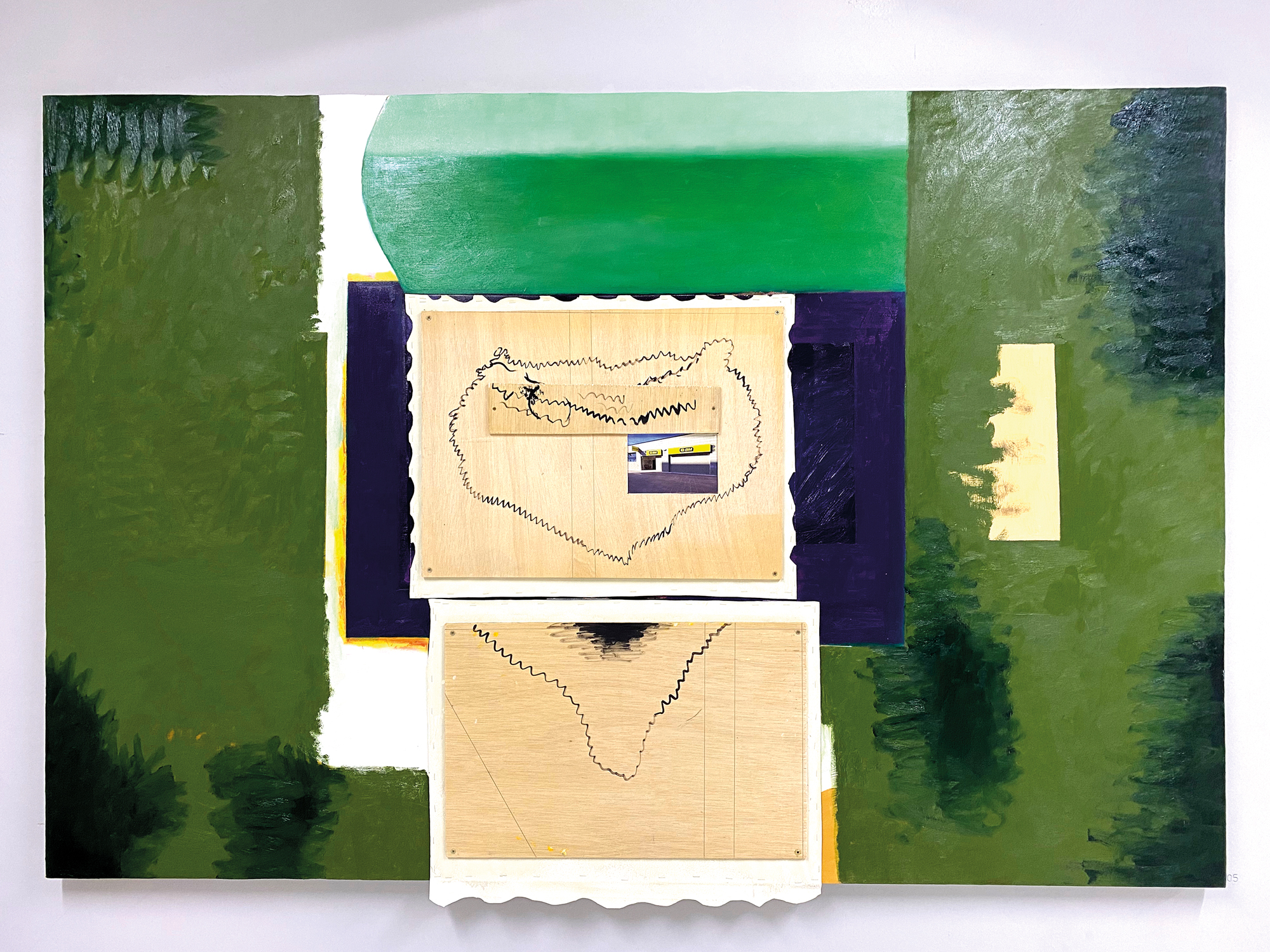
What do I think of a licensee in Fine Arts, who, however miserable, does not know and has never heard the name of: Antonio Gezala Ayrivie (Bilbao, 11 June 1889 – 13 September 1956). It seems rather premeditated.
Kirmen Uribe leads to the novel Elkarrekin esnatzeko ordua (The Time to Wake Up Together), both to the bottom and to the surface, and the portrait he made Begoña Sota is surprising. But the tramway collision in the Arenal is not smooth either.
It seems that the vague image we have of the Basque art of the early twentieth century always leads us to the cliché: the idealization of the lost world, the purity of mythic origin… and to think that everything was the same
It gives the impression that the vague image we have of the Basque art of the early twentieth century has always touched us cliche: the idealization of the lost world, the purity of mythic origin … and to think that everything was the same and not to see that, although it was a swamp, it was something else, that had looked at the world with other eyes, like Antonio Gezala.
As he did in other works, the artist intends to capture on his canvas the atmosphere of the city, speed, noise, movement, influenced by the avant-garde, with a touch of futurism. We are in Bilbao in 1922, the city already has 120,000 inhabitants. It is a modern city that Gezala wants to show in his works: cars, trams, electricity, advertising, people, each under his umbrella. And all of a sudden the accident.
His father was a merchant, he wanted that world for his son as well. With the intention of leading a bad student, he was sent to Bordeaux at the age of 13, and later to Manchester in 1904. That's when you know the first drawing notebook. In 1907 he returned to Bilbao with the decision to leave commercial studies and become a painter.
Besides painting, he also showed his talent making afixas, and also in scenography. The symbol of Eresoinka is made by him. He took refuge in Philately after the war.
He died after a long internal exile in 1956.
Bussum (Netherlands), 15 November 1891. Johanna Bonger (1862-1925) wrote in his journal: “For a year and a half I was the happiest woman on earth. It was a long and wonderful dream, the most beautiful one I could dream of. And then came this terrible suffering.” She wrote... [+]









